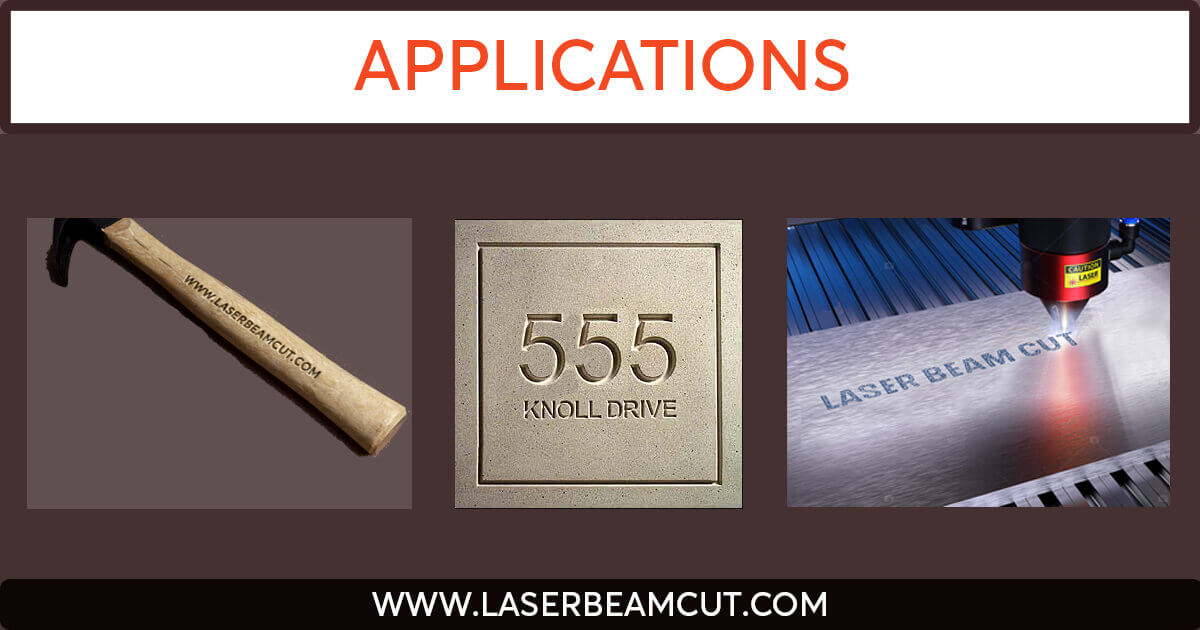Whenever we need to design our products, we can label them in multiple ways. Either we go with engraving or embossing. We should know their comparison of embossing VS engraving before going into implementation.
We can use both methods to create custom designs for our products. Embossing is a pressed technique, while engraving is a cutting material technique to impose a plan on the material surface.
This article will explore the differences between embossing and engraving in detail. We will also discuss the factors to consider when choosing between them.
Why Do We Label Our Products by Using Different Labeling Techniques?
Labeling provides valuable information such as product identification, branding, safety warnings, and regulatory compliance. We can label products by various techniques.
Embossing:
This process creates a raised image on a surface. It is done by applying a raised stamp or die to the surface.
The pressure creates a raised impression on the surface, giving the design a 3D effect. There are two types of embossing: Blind and Foil.
Engraving:

It is a permanent labeling method. It involves material removal to impose a design on the surface.
We can engrave designs by using hand engraving or by using machine tools. Laser engraving is the latest way to create material labels.
Note: Read our article on engraving to learn more about “ What is Laser Engraving and its Types?”
Other Methods:
We can print designs on material surfaces by using etching or marking methods. Their life is compared less to engraved designs.
Comparison: Embossing VS Engraving
When comparing embossing and engraving, there are several factors to consider, including cost, time, materials, and quality.
Criteria | Embossed Design | Engraved Design |
Technique | Creates a raised impression | Cuts or carves a design into a material |
Material Compatibility | Works well with soft and flexible materials | Works best with tough and durable materials |
Design complexity | Ideal for simple designs and text | Can accommodate intricate designs and intricate details |
| Depth | Produces a shallow impression | Can create deeper grooves |
| Volume of production | Best for low to medium volume production | Suitable for small to large volume production |
Cost | Generally less expensive than engraving | Typically more expensive than embossing |
| Durability | Can be less durable than engraving | Creates a long-lasting impression |
Application | Commonly used for logos, seals, and decorative elements | Ideal for identification, branding, and signage |
| Timeframe | Faster production time | Requires more time and precision |
Aesthetics | Provides a tactile, three-dimensional effect | Creates a clean, precise appearance |
| Personal preference | Preferred by those who like a raised effect | Preferred by those who prefer a recessed effect |
Choosing Between Embossing and Engraving
When choosing between embossing and engraving, there are several factors to consider, including the desired effect
- Material Type
- Design complexity
- Desired depth differs
- Volume of production
- Cost considerations vary
- End-use requirements count
- Aesthetics and style
- Timeframe for completion
- Personal preference
- Available technology
Embossing is a good choice for flat surfaces and can add a unique, tactile quality to a design. In contrast, engraving is a more durable and precise method. It is ideal for high-value items like jewelry and trophies.
Conclusion
I hope you are now well aware of embossing VS engraving. In conclusion, both are popular methods for adding texture and depth to various materials.
While both methods have unique pros and cons, choosing the right one depends on various factors.
By understanding the differences between these techniques, you can make an informed decision and create high-quality, eye-catching designs that are sure to stand out.
FAQs ( Embossing VS Engraving)
1. What are the two types of embossing?
There are two types of embossing:
- Blind emboss
- Foil emboss
2. What is the reason for the longer lifespan of an engraved design compared to an embossed design?
Engraved designs have a longer lifespan compared to embossed designs because engraving creates deeper grooves, resulting in a more durable and long-lasting design.
3. What is the main difference between embossing and engraving?
The main difference between embossing and engraving is that
- Embossing — Creates a raised impression
- Engraving —- Cuts or carves a design into a material

![Embossing vs Engraving - The Battle of Texture - [2023]](https://laserbeamcut.com/wp-content/uploads/2023/02/Embossing-vs-Engraving-The-Battle-of-Texture-2023.jpg)